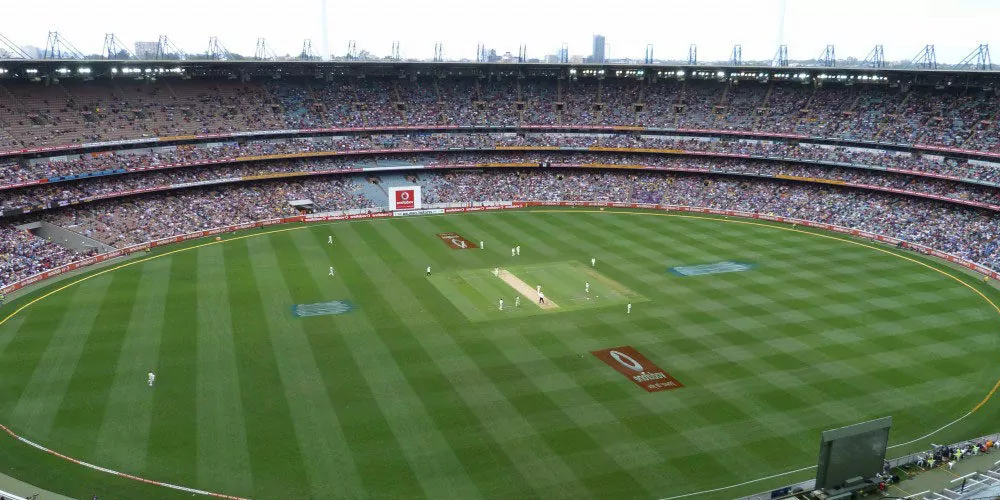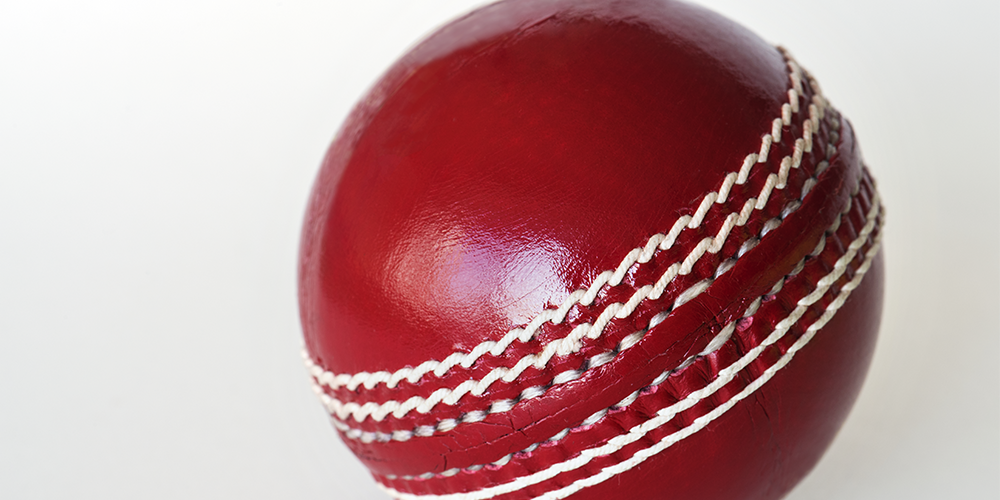List of Cricket Rules
Cricket is one of the most wonderful games of skill, tactics, and athletics globally, with millions of fans from many countries, especially India. However, if you are passionate about this game, you need to know the basic cricket rules and regulations first.
Let’s start!
Cricket originated in England and is now played in almost all major countries. Its governing body is the International Cricket Council, which organizes all the major international tournaments. However, various countries also have their own governing body for cricket.
But if you are a cricket lover and want to play good cricket, you need to be aware of all the basic rules. The game can be complicated, but trust us, it isn’t! It is a versatile sport that can be played from an early age by boys and girls.
Basic Rules of Cricket Game
The rules of cricket are not that complicated to understand. However, you know the basic rules of cricket games. Here is some of the List of cricket rules:
- Cricket is a team game played between two teams of 11 players each, i.e., batsmen, bowlers, and a wicketkeeper.
- The game is divided into separate sections called overs – six balls each over, delivery by the bowler to a batter.
- There are three types of matches played in cricket:
- The test usually matches the last five days as both teams must complete two rounds each.
- The one-day match ends in one day. In this, the two teams must play 50 on each.
- T20 is the most exciting format in which both teams play 20-20 over the game. Whoever scores the most wins the game.
- During the innings, the batting team will have two batters on the field while the opposing team’s 11 players, who are the bowling team, will have their players at different parts of the field as fielders. One of them will play the ball, and another will be the wicketkeeper and be stationed behind the wicket.
- The match will also have two referees on the field that will make the match decisions. A third referee also monitors play via a screen and helps make uncertain or tight decisions.
- Drinks break after ten overs and usually lasts 5 minutes or less.
Other Cricket Rules and Regulations
Besides the above basics cricket rules, there are other Cricket Rules and regulations:
Fielding Restrictions

Fielding has its own set of rules for all forms of cricket matches. If you want to achieve a level playing, evade opting for any wicked approach or strategy.
- The bowling team has players: wicketkeeper, bowler, and nine outfielders spread across the field. Their positions may vary while playing the game according to strategy. Field positions are such that only two field players are placed in the quadrant between the square legs and long stop field positions, where no field player should be on the field until the batsman is playing.
- There are different restrictions and rules for men’s and women’s cricket. The rules of Powerplay are as follows:
- Throughout the opening ten overs inning, outside the 30-yard circle maximum, two outfielders are allowed.
- Between overs 11 – 40 overs, maximum of four outfielders are allowed outside the 30-yard circle.
- In the last 41–50 overs, a maximum of 5 outfielders is allowed outside the 30-yard circle.
Equipment and Pitch

- Cricket grounds are grassy fields of oval shape according to the basic cricket rules. The circumference of a county lot is approximately 200 meters.
- The wicket is a thin four-sided figure located in the center of the field – two sets of wickets made up of three stumps with wedges at each end.
- The two sets of counters must be 22 meters apart. There should be a marked line drawn about 2 yards through the wicket from the stumps – called the “crease.”
- The Player usually wears padded clothes, including leg and thigh guards, gloves, helmet, and chest guard and spiked shoes.
- The cricket ball is made of cork. Teams use the color red for test cricket rule sets and white for day games.
- Cricket bats are made of wood.
Penalty Balls

In Cricket rules, there are precisely three types of penalty balls in cricket:
No Ball
No ball occurs when the bowler crosses the crease line while bowling with the front foot. These points are counted separately from the batters credited and score to the team’s score. No ball also adds up if the ball does not hit the ground and exceeds the batter’s size.
No ball is tagged as “free hit” for the batter where another ball is served. If the battery runs out or stumps out during a free hit, it will be declared as out. But in case of a catch out, it is not considered as the player is out.
Dead Ball
Deal ball happens when the ball bounces two or more times before reaching the batter’s zone. This does not offer a spare free hit or run, but an additional ball will be dole out by the batting team’s bowler.
Wide Ball
The wide ball races are counted separately from the batter’s individual credited and score to achieve. A wide ball falls when served away from the batter or over the head, provided that no part of the batter’s body or the bat is touching the ball. It also allows the batter to play an extra ball, which is served as a replacement for the wide ball.
Lost Ball
If the ball is lost in play and cannot be retrieved, the field team can call “lost ball.” The batter scores six plus the number of runs he performed.
Bye & Leg Bye in Cricket
In cricket, “bye” is marked with legitimate delivery or no-ball. When a ball does not hit the bat or touches any area of the batter’s body, it may choose to run and score. If such a ball is served and hits the limit, it awards a four to the team. These byes are also scored separately from the batter’s score.
Whereas, leg bye is when a ball has been served by the bowler and hits a part of the batter’s body showing his intention to play the ball, run, and score. If such a ball reaches the limit, four is scored in the batting team.
Cricket Score

Now we know some of the cricket rules and regulations, let’s take a look at how players can score in cricket and how teams can win the matches.
If you are the batsmen and trying to score “points,” try hitting the ball and run to the other end of the pitch before the defender catches the ball, and you are out.
- Points can also be scored by hitting the ball over the limit.
- Four – if the ball goes over the boundary while touching the ground.
- Six – if the ball goes over the boundary without touching the ground.
Another way to score points is when the bowler throws a ball that does not follow the bowling rules, in which case the batting team gets extra points.
However, a game is won based on the team that scores the most points. Each team tries to limit the number of points scored by the other team by eliminating the players.
If you are wondering “how a batsman can lose the wicket,” then there are a number of ways that a batsman can declare to be out and the most familiar are:
- Bowled – When a ball that has been thrown hits the wicket.
- Catch – when the bowler, wicketkeeper, or other fielder catches a ball hit by the batter in bounds.
- Stumped – When the wicketkeeper grabs the ball and bangs down the wicket before the batsman gets the bat on the ground behind the hitting crease.
- Leg before wicket – This happens if the ball hits the batter’s leg or any part of the body aligned with the stumps. If there is a probability that the ball hit the wicket without the batter’s body, then this is considered an out.
- Run-out – If a batsman fails to pass the strike zone before the ball reaches the wicket, then he is down.
- Ball Handled – Batsmen manipulate the cricket ball on purpose.
- Timeout – The Player fails to reach the area within 30 seconds of the previous batsman having left.
- Hit the ball twice – The batsmen hit the cricket ball twice with their bat.
- Obstruction – Batsmen deliberately prevent the defender from recovering the ball.
There are numerous other cricket rules as per the country. However, the rules mentioned above and regulations are the most basics. It allows the beginner to play the game well. If you want to learn more about cricket, there are also more advanced rules and laws available online but are not much fundamental as per our knowledge for beginners.
Closing Words
Cricket is a tremendously skillful sport requiring a high level of coordination, attention, precision, and courage with that pace, power, and quickness. Overall, it’s a great workout, but you should know the cricket rules and regulations before playing it if you want to have great fun.
